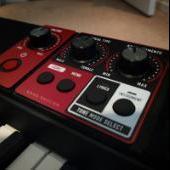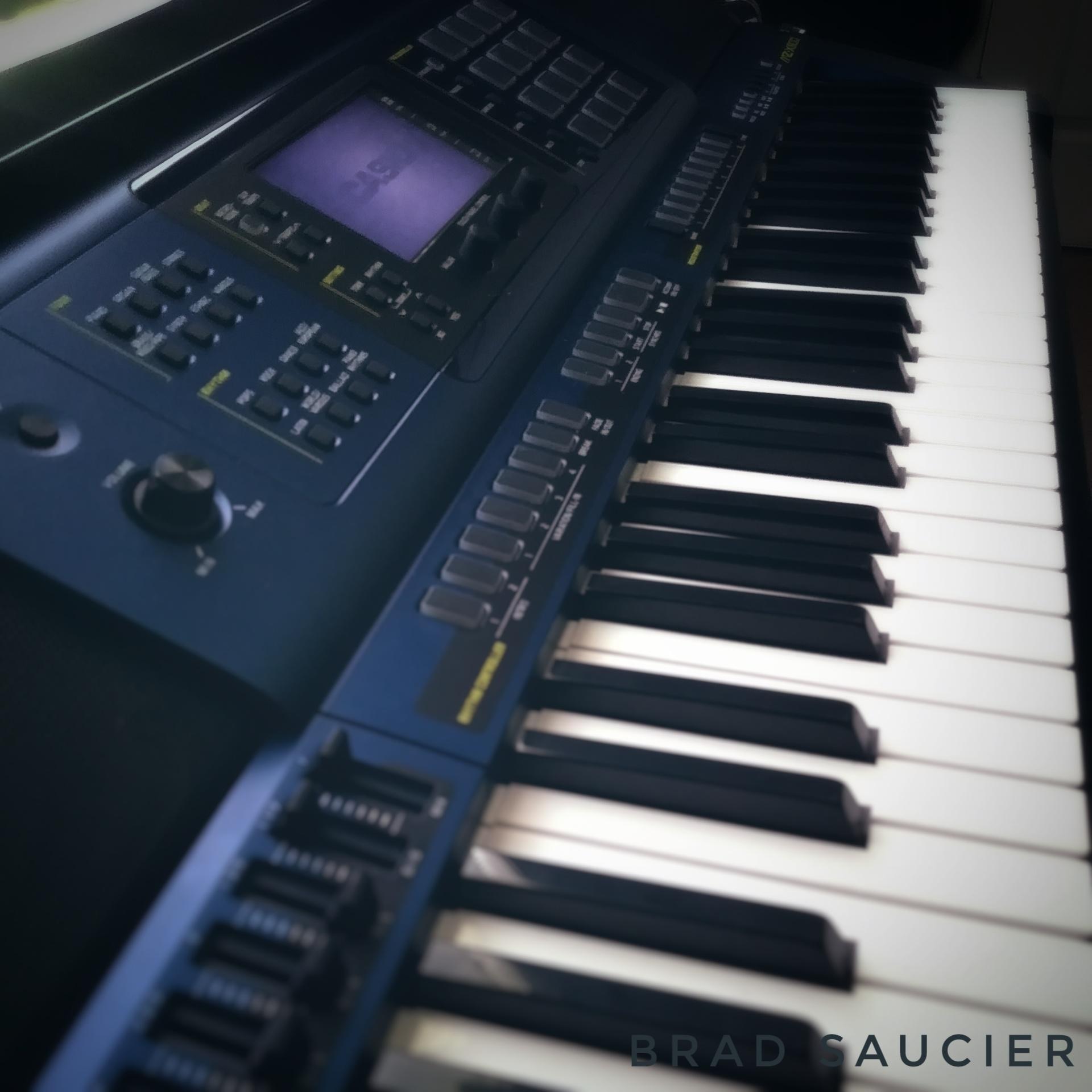-
Posts
8,722 -
Joined
-
Last visited
Content Type
Profiles
Forums
Downloads
Everything posted by Brad Saucier
-
Unfortunately it's not possible to send sound from external sources into the CDP-120. Are you connecting headphones directly to the Android device and hearing a delay? If so, unfortunately that Android device does not have low latency audio output.
-

How to start/stop, start/stop drums of a song?
Brad Saucier replied to Lurch's topic in WK-6500/6600 - CTK-6000/6200
You could edit and create a user rhythm with a muted or blank variation pattern to use as a break pattern. -

Sustain Pedal Polarity
Brad Saucier replied to Mario79's topic in General CT-S1000V and CT-S500 Discussion
I don't know of a way to reverse the pedal operation without reversing the basic design of the pedal board circuitry. A closed circuit should be open, and open should be closed. Again, that's regarding pedals connected to the pedal unit port below the piano. For pedals connected to the standard damper pedal jacks, the piano automatically adjusts "polarity" during power up. -
On your first photo in the MIDI event window, track 8, you see a bunch of program change events. That's what is telling the WK to change tones for you. Looks like that smaller window "piano roll settings " will let you filter event types. I would delete or edit all of the program change events in each track if you want to use your own tones.
-
Unfortunately standard MIDI files can't be loaded into keyboard memory for editing. They can only be played back directly from SD card. You'll want to use DAW software to edit your files. Tones can be assigned there by using the proper bank and program change data. The keyboard will send that data to be recorded each time a tone is selected, or you can manually input the numbers from tone charts in the WK appendix.
-
It's possible several flash drives could be faulty in a row. I've seen it happen. I would try the new flash drive, one from a well known brand. Keep us updated.
-
What happens if you try to record something with the audio recorder?
-

MIDI Driver needed (WK-3000) - Windows 10
Brad Saucier replied to TBBCD's topic in General Casio Discussion
At the keyboard, connect the MIDI IN plug on your cable to the MIDI OUT port on the keyboard. OUT goes to IN. IN goes to OUT. Do not connect OUT to OUT or IN to IN. -

MIDI Driver needed (WK-3000) - Windows 10
Brad Saucier replied to TBBCD's topic in General Casio Discussion
Double check your connections. MIDI OUT goes to IN, and IN goes to OUT. -

MIDI Driver needed (WK-3000) - Windows 10
Brad Saucier replied to TBBCD's topic in General Casio Discussion
WK-3000 does not have a USB port. It has MIDI ports. A computer requires a MIDI adapter. What are you using to adapt the MIDI ports to your computer? That is the only thing which would need a driver. -

Sustain Pedal Polarity
Brad Saucier replied to Mario79's topic in General CT-S1000V and CT-S500 Discussion
The PX-560 is designed to work with the SP-33 three pedal board. It connects to a port located below the piano. It should not need "polarity" adjustment. -

Sustain Pedal Polarity
Brad Saucier replied to Mario79's topic in General CT-S1000V and CT-S500 Discussion
Connect a standard TS plug switch type pedal and turn on the PX-560. Do not touch the pedal until the main screen has appeared. The 560 will automatically detect "polarity" and adapt. -

Casio 6000 sometimes plays wrong notes.
Brad Saucier replied to Afeskens's topic in Privia PX-S7000 / PX-S6000 / PX-S5000
Contacting Casio service is the official channel for problems like this. They'll offer either repair or replacement. You are the first I have seen with this issue. I would be surprised if they have seen something like this before. -
Unfortunately that is what it is designed to do. I don't know of a way to synchro stop the drum pattern without accompaniment.
-
Oh I'm sorry, I misread your post. For synchro stop, you should be listening to accompaniment playback first. Press the synchro stop button and confirm the display is flashing as shown in the manual. Play a chord in the accompaniment section and then release it. The rhythm should stop.
-
1. Turn the keyboard off and back on. Hold the store button and press a registration button to store the default setup for recall later. 2. Turn on accompaniment. Turn on synchro. Playing a chord in the chord section will start playback of the rhythm.
-

Casio 6000 sometimes plays wrong notes.
Brad Saucier replied to Afeskens's topic in Privia PX-S7000 / PX-S6000 / PX-S5000
That doesn't sound like any normal behavior unfortunately. As with anything under warranty, I would contact the manufacturer, in this case Casio service in your region of the world should be able to help. -

set split points for each layer?
Brad Saucier replied to methodman3000's topic in CT-X3000 / CT-X5000
There is only a single split point for layered tones. You can move the split point by holding the split button and pressing the key you want. -
CDP-135 is a class compliant USB MIDI controller. Microsoft supplies the driver for Windows 11 and automatically installs it when the keyboard is first connected by USB. "Casio USB MIDI" will be the name of the device you can select as MIDI input and output in any MIDI capable software.
-

How to control MIDI velocity on the PX - 350m?
Brad Saucier replied to Bruno Barcks's topic in Privia x50 x60 Series
Are you saying that with touch response turned off, it still has touch response when used as a MIDI controller? That should not be happening. -
Closest equivalent new model would be a 61 key CT-X5000. 76 key models are currently not available. I'll summarize some, not all differences. CT-X5000 adds expression pedal input jack while removing the instrument input jack found on the WK-7600. SD card slot is replaced with a USB flash drive port. Other input output jacks are the same. CT-X5000 does not run on batteries. Speaker power increased to 15 watt x 2. Sliders are removed. Drawbar organ modelling is removed. DSP effects increase substantially with the CTX series. A wide variety of new tones and rhythms have been added. Phrase pads are added. CT-X3000 is mostly similar to the CTX5000 but removes tone and rhythm category buttons, line out jacks, mic input. Speaker power is 8 watt x 2. CT-X3000 retains the WK-7600 battery powered option.
-
How bright you can get depends on the sampled waveform you choose. 4 different velocities were sampled from the real piano. Of the raw waveforms available, level 4 is the brightest and loudest. Filter cutoff can be adjusted to reduce the brightness of the raw wave. Wave levels 1 to 3, the raw samples are not as bright.

